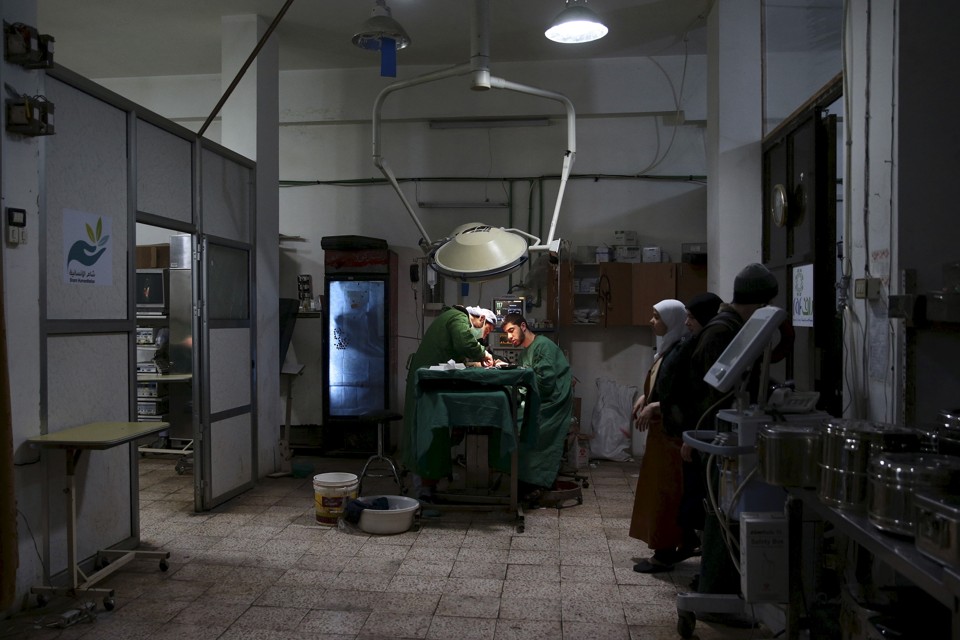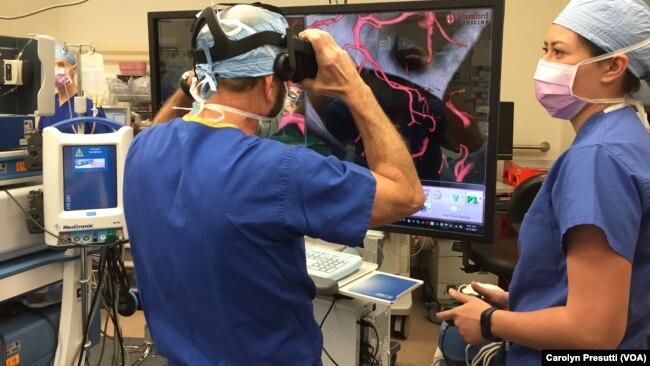It's interesting what they can do today.
The Virtual Surgeons of Syria
A team of doctors across the world is helping the only two medical professionals left in one besieged town in Syria—via cell phone.

Doctors treat a civilian in a Syrian field hospital.Bassam Khabieh / Reuters



But this was no ordinary case. His patient was over 6,000 miles away, awaiting care in a makeshift medical clinic in Madaya, a town in Syria some 28 miles from Damascus. The clinic is only a 45-minute drive from Damascus Hospital, but it might as well be on the other side of the world. Madaya, a rebel-held town controlled by the Islamist group Ahrar al-Sham, has been held under siege by Hezbollah, which is fighting on behalf of the Syrian government, since last July. Hezbollah won’t let anything in or out of the town; it was a Hezbollah fighter, locals say, who shot the teenager in the leg.
Continue reading at:
The Virtual Surgeons of Syria?
The Virtual Surgeons of Syria
A team of doctors across the world is helping the only two medical professionals left in one besieged town in Syria—via cell phone.

Doctors treat a civilian in a Syrian field hospital.Bassam Khabieh / Reuters



- AVI ASHER-SCHAPIRO
- 11:17 AM ET
- GLOBAL
But this was no ordinary case. His patient was over 6,000 miles away, awaiting care in a makeshift medical clinic in Madaya, a town in Syria some 28 miles from Damascus. The clinic is only a 45-minute drive from Damascus Hospital, but it might as well be on the other side of the world. Madaya, a rebel-held town controlled by the Islamist group Ahrar al-Sham, has been held under siege by Hezbollah, which is fighting on behalf of the Syrian government, since last July. Hezbollah won’t let anything in or out of the town; it was a Hezbollah fighter, locals say, who shot the teenager in the leg.
Continue reading at:
The Virtual Surgeons of Syria?



